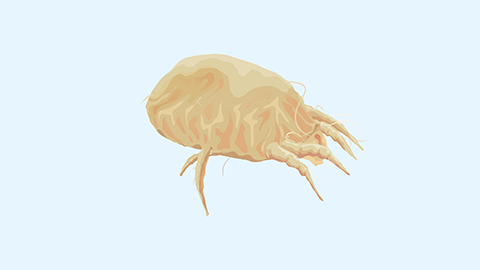Can lime kill brain-eating amoebas?
The term "brain-eating amoeba" usually refers to Naegleria fowleri. Under normal circumstances, high-concentration lime, when applied adequately and under suitable environmental conditions, can effectively kill the amoeba. However, low lime concentration, short contact time, or unsuitable environmental conditions may make it difficult to eliminate the amoebas. A detailed explanation is as follows:

When lime is prepared as a high-concentration solution or applied directly in powder form and thoroughly contacts the amoebas for a sufficient duration, the strongly alkaline environment produced by lime reacting with water can destroy the cellular structure and proteins of the amoebas, rendering them inactive. In a dry and well-ventilated environment, lime continuously releases alkaline substances, which can effectively kill both the trophozoite and cyst forms of the amoebas.
If the lime concentration is too low, if it does not thoroughly contact the amoebas during application, or if the environmental humidity is high or the environment is highly acidic, the alkaline effect of lime can be weakened. For example, applying only a thin layer of lime on the surface of moist soil will not allow deep penetration, and the moisture will dilute the lime's alkalinity, making it difficult to kill the amoebas in a short time, especially the cyst form, which has a more robust structure and is harder to eliminate with low-concentration lime.
After using lime to treat areas potentially contaminated with amoebas, it is advisable to wait for a period of time before re-entering the treated area. If the effectiveness is uncertain, additional disinfection methods should be used to enhance protection.







